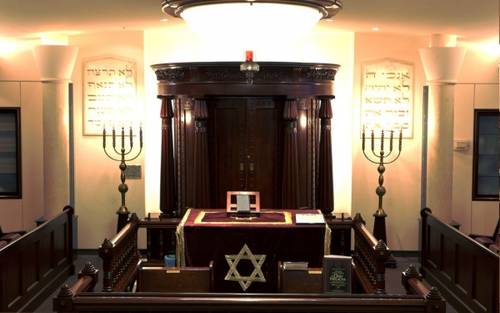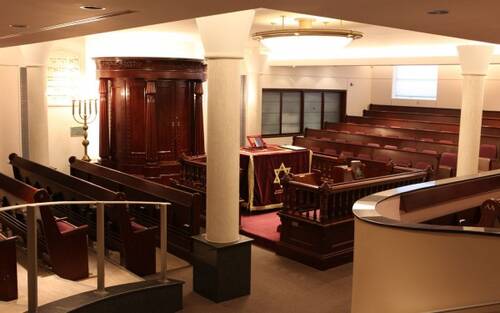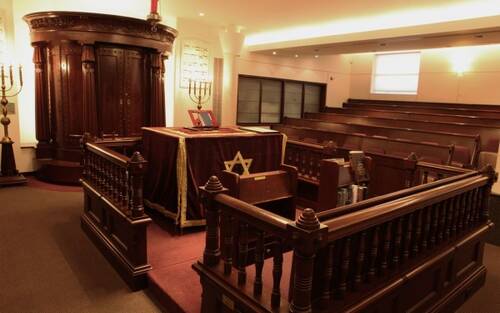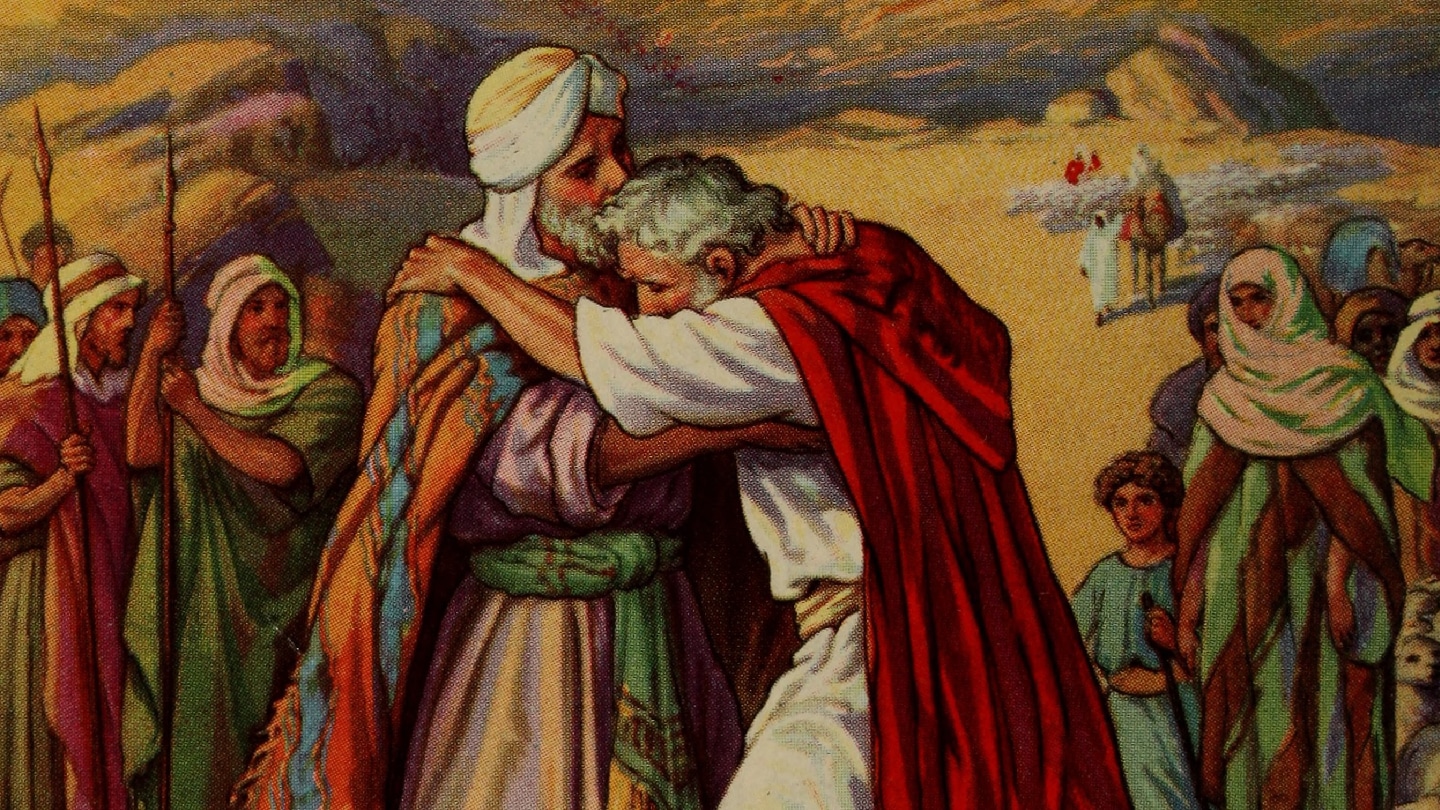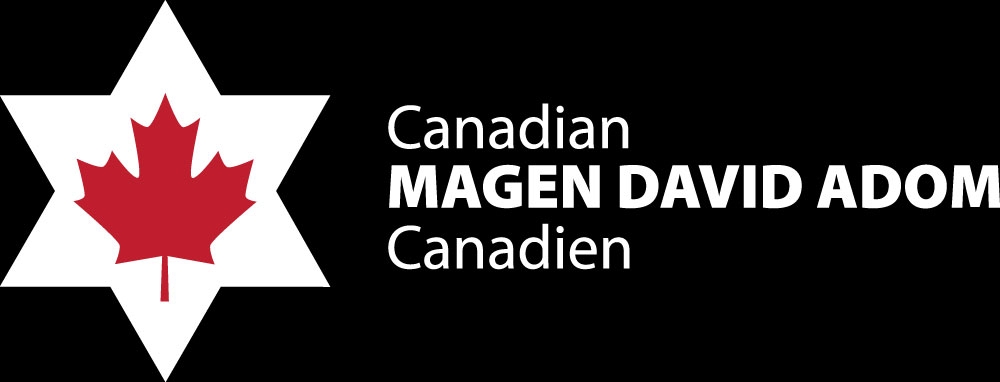Bonjour / Hello [nickname_else_first_name],
Table of contents
1) Perashat Hashavoua - Rabbi Eli Mansour
2) Halakhat Hashavoua (Halakhot related to day to day life) - Hazzan David Azerad
- The importance of Facing Jerusalem During Prayer (peninei -halacha)
3) Holy Jokes!
4) FOR KIDS!
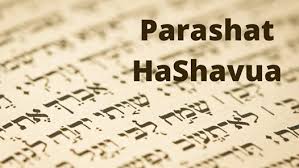
This Week's Parasha Insight with Rabbi Eli Mansour
Parashat Vayishlah: The Foundations of Jewish Kingship
We read in Parashat Vayishlah of Yaakob’s dramatic reunion with his brother, Esav. The Torah tells that as Yaakob approached his brother, he bowed seven times as a sign of humble submission.
The Zohar comments that Yaakob was not, in fact, bowing to Esav, which would have been improper. Rather, the Zohar explains, Yaakob was bowing to the Shechina (divine presence). The Torah relates that when Yaakob saw Esav coming, he arranged his family in two groups, and then "Hu Abar Lifnehem" – "he passed in front of them" (33:3). According to the simple reading of the text, this means that Yaakob passed in front of his wives and children. The Zohar, however, interprets this verse as referring to the Shechina. G-d came and passed in front of Yaakob and his family, and so Yaakob bowed seven times to honor the divine presence.
The great Kabbalist Rav Abraham Galante (Rome-Safed, d. 1560), citing his great mentor, Rav Moshe Cordovero (Safed, 1522-1570), comments that although Yaakob Abinu acted correctly by bowing, as he was bowing to the Shechina, his sons erred by bowing to Esav. The Torah tells that Yaakob’s family followed his lead and bowed to Esav, but, Rav Galante writes, they were not aware that Yaakob was bowing to the Shechina, and so they actually intended to bow to Esav.
Rav Galante proceeds to explain on this basis the story of the foundation of the Jewish monarchy. Yaakob proclaimed at the end of his life, "Lo Yasur Shebet Mi’Yehuda" ("The scepter shall never leave Yehuda" – Bereshit 49:10) – that the kings of the Jewish People should always hail from the tribe of Yehuda. However, as we know, the first king was Shaul, who belonged to the tribe of Binyamin, and he was anointed king by the prophet Shemuel, as commanded by G-d. Various approaches have been taken to explain how Shaul could be appointed king being that he did not belong the tribe of Yehuda. (For example, the Ran, in one of his published Derashot, explains that Yaakob’s instruction of "Lo Yasur Shebet Mi’Yehuda" meant that once a king is anointed from the tribe of Yehuda, the kingship must remain in that tribe. This did not preclude the possibility of a king from another tribe ruling before the appointment of a king from Yehuda.) Rav Galante writes that the answer is found here in Parashat Vayishlah, in the story of Yaakob and his sons bowing to Esav. The purpose of the Jewish king, he explains, is to lead everyone to recognize and submit to G-d’s kingship. If a king submits to the authority of anyone other than G-d, then he has completely undermined the purpose of his position, which is to establish G-d’s exclusive reign over the world. Therefore, Rav Galante writes, when the Jewish monarchy was being founded, it could not begin with someone who had bowed to Esav. It needed to begin with a descendant of Binyamin – the only of Yaakob’s sons who was not alive at the time of Yaakob’s reunion with Esav, and who thus never bowed to Esav. The monarchy needed to be built upon the foundations of absolute, unconditional and unwavering submission to Hashem. The moment one bows and expresses submission to anyone or anything else, this necessarily infringes upon his submission to G-d’s rule. And thus the monarchy was established by a descendant of Binyamin, who was not tainted by the other brothers’ mistaken bow to Esav.

Facing Jerusalem Peninei Halacha
During most parts of the prayer service, a person may face in any direction he desires. However, when he arrives at the climax of the prayer service and gets up in the Amidah to stand before the King of the world, he must turn to face Jerusalem, the place that Hashem chose to endow His Shechinah to the world.
One who stands in prayer outside of Israel must face the Land of Israel, and his heart should be directed towards Jerusalem, the home of the Beit HaMikdash (Temple), and Kodesh HaKodashim (the Holy of Holies). If one stands in Israel, he must face Jerusalem, and his heart should be directed towards Beit HaMikdash and Kodesh HaKodashim. If he stands in Jerusalem, he faces the direction where the Beit HaMikdash stood, and directs his heart to Kodesh HaKodashim (Berachot 30a; Shulchan Aruch 94:1).
Therefore, those reciting the Amidah in the plaza in front of the Kotel must turn and face the direction of the exact place of the Beit HaMikdash. In other words, those standing in the open square must turn slightly to the left, and even those standing in the men’s section in the closed area next to the wall should do the same.
It is customary to position the aron kodesh on the side of the synagogue that faces Jerusalem, so that those standing in prayer also pray towards the direction of the aron kodesh. However, the primary objective is to pray in the direction of Jerusalem. Therefore, if due to error, or because of circumstances beyond our control, the aron kodesh does not exactly face Jerusalem, the people praying should turn to face the direction of Jerusalem (Mishnah Berurah 94:9). Nevertheless, if the entire congregation mistakenly faces the aron kodesh, it is best not to separate oneself from the congregation; instead, one should stand in the same direction that the congregation faces, but turn his head towards Jerusalem (Mishnah Berurah 94:10).
One who does not know the direction of Jerusalem may pray to whichever direction he desires while directing his heart towards his Father in Heaven (Shulchan Aruch 94:3). Even if he subsequently discovers that he was mistaken, it is not necessary to repeat his prayer while facing Jerusalem.
Bevirkat Shabbt Shalom Umevorach
David Azerad
3) HOLY JoKeS!!
Selection of funny snippets, loosely related to this weeks parashah or current events, to brighten your day



4) FOR KIDS
Click on the image to open the youtube video



